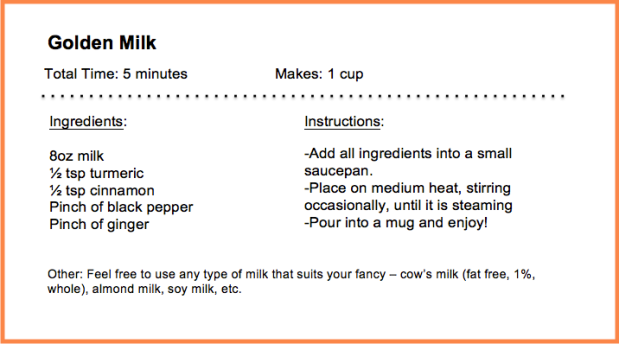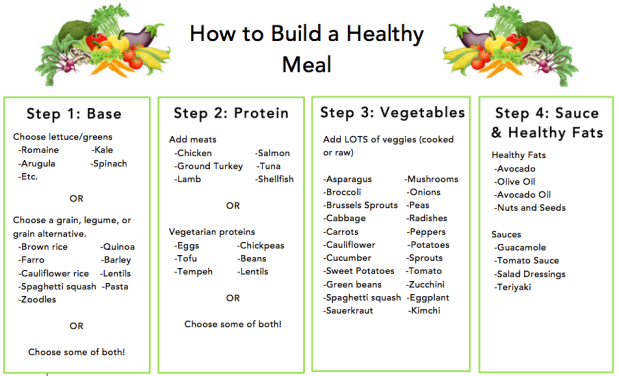Over the past year, I have been avidly posting on my blog/dietitian Instagram page (@DanaGoldbegRDN) which has somehow resulted in free goodies (aka healthy foods) being shipped to me from different food companies. Now, suddenly, a few of my friends are all interested in starting blogs because they think it is so cool to get free “stuff”. While free stuff (especially when it is food!) is wonderful, it is never what I intended to come from this blog, and while some people start a blog intentionally to get free stuff…or make a living for that matter, I strongly encourage all students to start a blog for other reasons…here are my top 5:
- A blog allows you to reflect on experiences. I talked about my career confusion in a previous post and also shared my journey through my Dietetic Internship as well as my undergraduate and graduate classes and study abroad in many different blog posts. Having to sit down and write that post on all these different experiences really makes you think critically about what you have done. What did I get out of this and what should I share with other people? It is a good way to avoid just going through the motions of life.
- You learn about new and different topics. Yes, the weekly posts have fallen off the train a few times over the past 3 years of blogging, but after putting out over 100 blog posts, I have to keep coming up with new and different content to share. Some of my posts are just life updates and others are things I learn in class, but others are topics family and friends mention that I have to go home and research. Not only does this allow me to share information with you, but I am also able to add to my personal bank of information to use in future careers and help future clients/patients.
- It helps you figure out what you are passionate about. When I first started blogging, I shared lots of different recipes. I had just moved into my first apartment and was cooking all my meals for myself for the first time, and I even considered going to culinary school! But as time went on, I realized I didn’t love my posts about recipes. I didn’t want to be a food blogger…I wanted to be a nutrition I don’t love spending hours in the kitchen or trying to take the perfect picture of my food. Instead, I realized that I loved writing posts about the science and research behind nutrition recommendations, talking about popular diets and foods, and debunking nutrition myths.
- You can become a better writer. I don’t claim to be Shakespeare by any means (nor do I ever aspire to be a magnificent writer), but I went through grade school DESPISING my English classes. No joke, I would come home crying from school because I hated writing and I was bad at it. I swore I would never end up in a job where I had to write, but in the end, no matter what job you end up in, you are going to have to write something at some point. Having to put words to paper every week writing posts, summarizing research and knowledge I have, is definitely a skill I can take with me wherever I end up.
- It is something you can share with future employers. While I may have internships and volunteer opportunities on my resume, getting a job after graduation is probably not going to be a walk in the park. I’m not knocking the internships and other experiences that I have had – they have been great – but having a blog is something that is my own. I think it shows a little bit of my personality, it is evidence of my knowledge in the nutrition field, and it shows that I have gone a little bit beyond the classic summer internships that college students have. (Maybe I am chalking my blog up to be more than it is, but I like to think that it might help me get a job in a few months 😉 )
While I have shared my experiences blogging about food, nutrition, and health, these reasons can really be applied to students in any field of study (Spanish major? Practice your Spanish writing skills. Accounting major? Share some personal finance advice or some crazy number stuff that I don’t understand. Anthropology major? Teach me about another culture.). Even if you keep your blog completely private and don’t share it with anyone, you can still reap the many of the blogging benefits.






